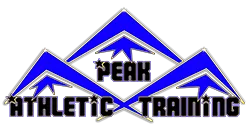Peak is Growing- We are hiring Personal Trainers and Coaches
Peak Athletic
Training
Unleash Your Potential.
Rise To The Top!
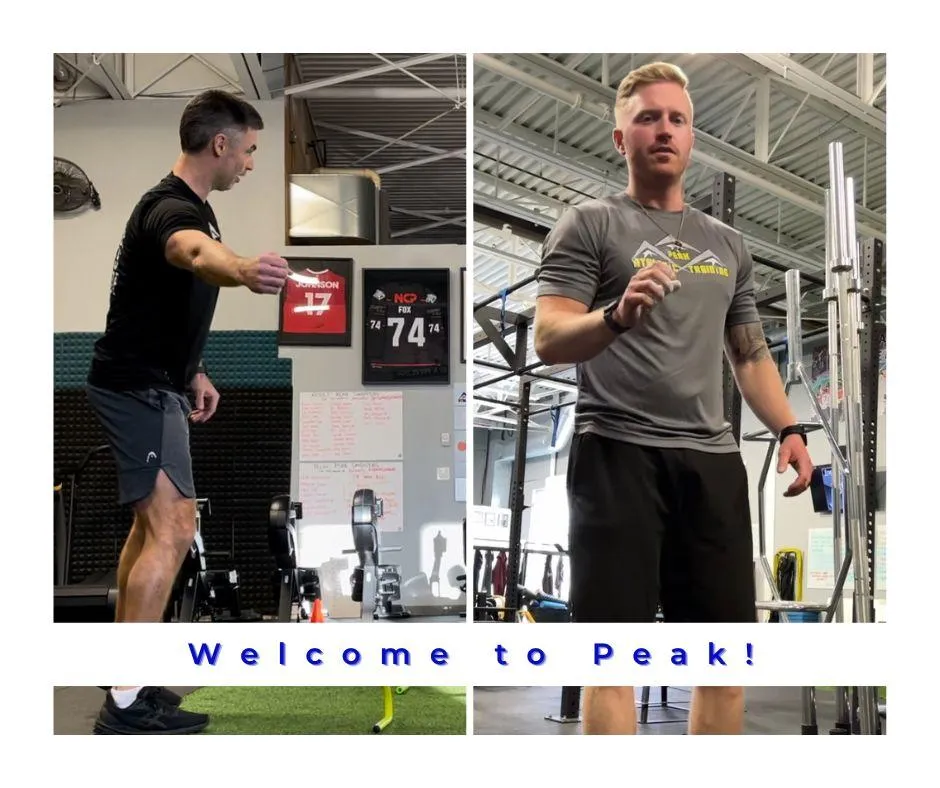
YOUR goals, OUR passion
Peak was established in 2013 and has served hundreds of local athletes that compete in a variety of sports. Our athletes include those that play at the Professional, NCAA, CIS, OHL, CCAA and regional levels. We develop our programs based on individual needs and goals, and our job is to get the most out of each athlete.
Our Mission
At Peak, we offer state of the art athletic and strength development programs. Our professional team of trainers design each program individually to include nutrition education, injury prevention, and custom strength and conditioning programs to help each athlete reach optimal performance levels.
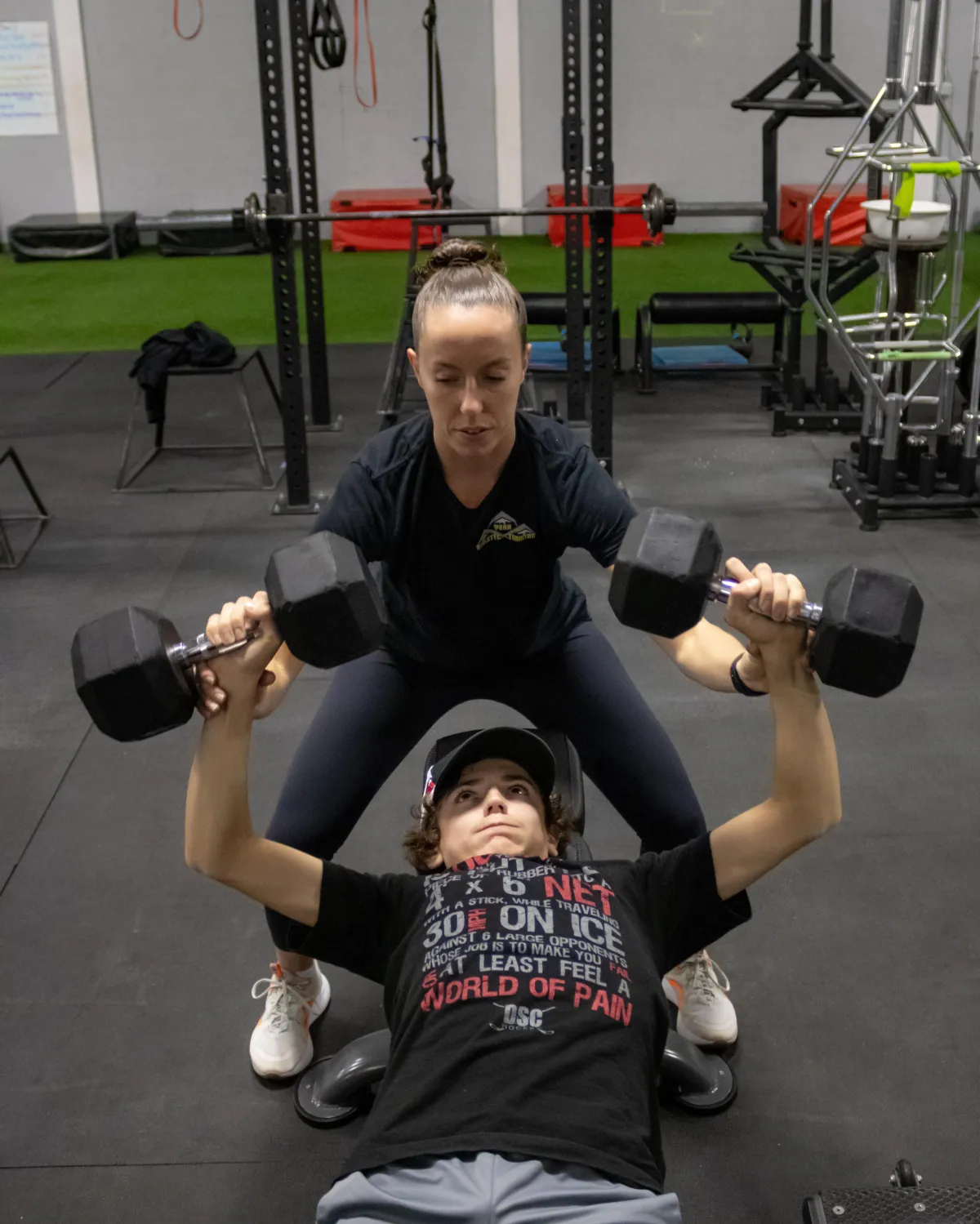
Creating Better Athletes
Athletes who move efficiently and work hard are in the best position to perform at a high level. Moving well and with intensity allows for the expression of speed, agility and maximal power…unleashing the athletes’ ultimate potential.
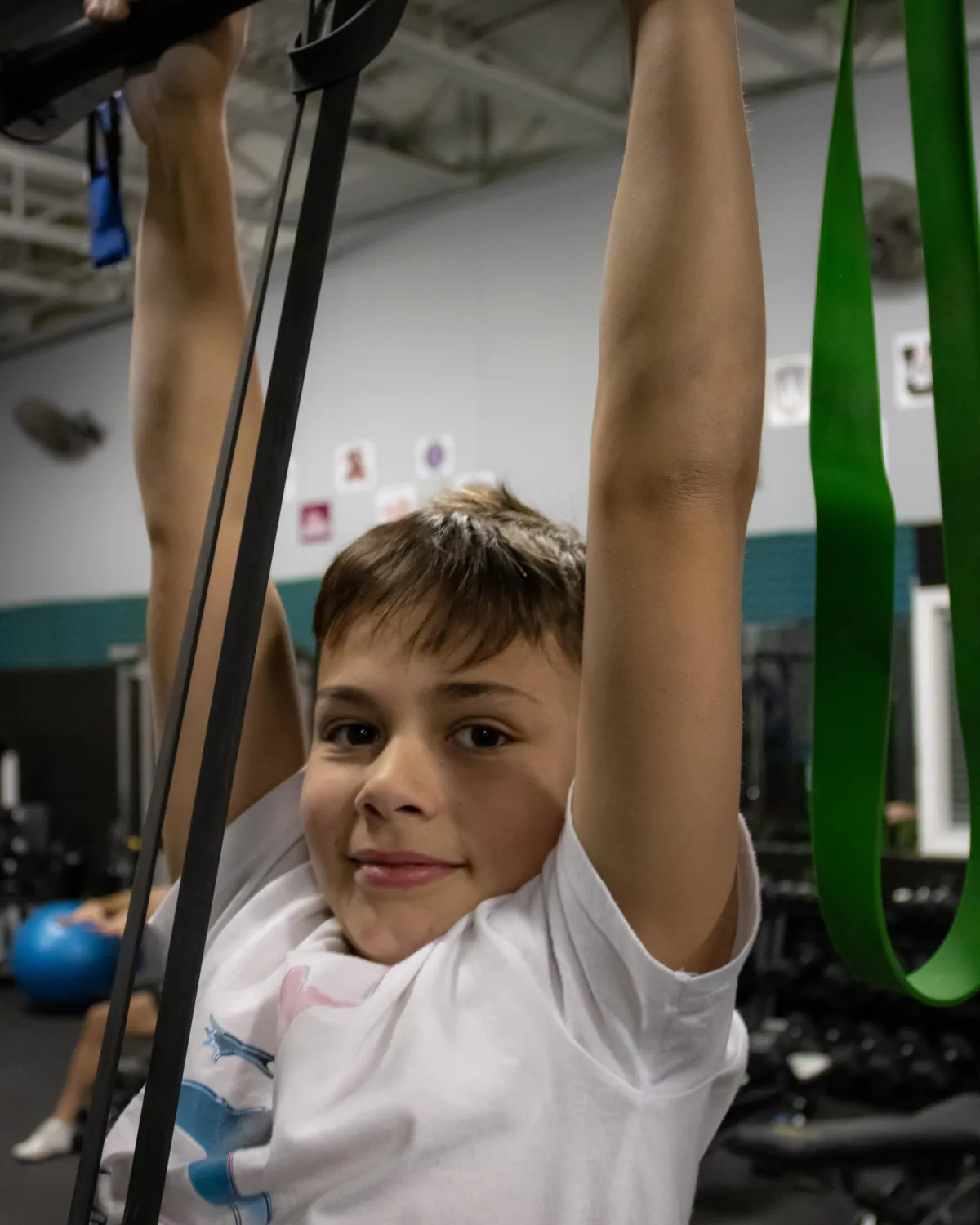
Dedicated to Your Success
The pillars of athleticism are movement quality, strength, speed power, agility, balance, flexibility, stability and mobility. We develop our programs based on each individual athlete’s needs. Each person is different, and our system is geared to work with athletes of all ages, and abilities.
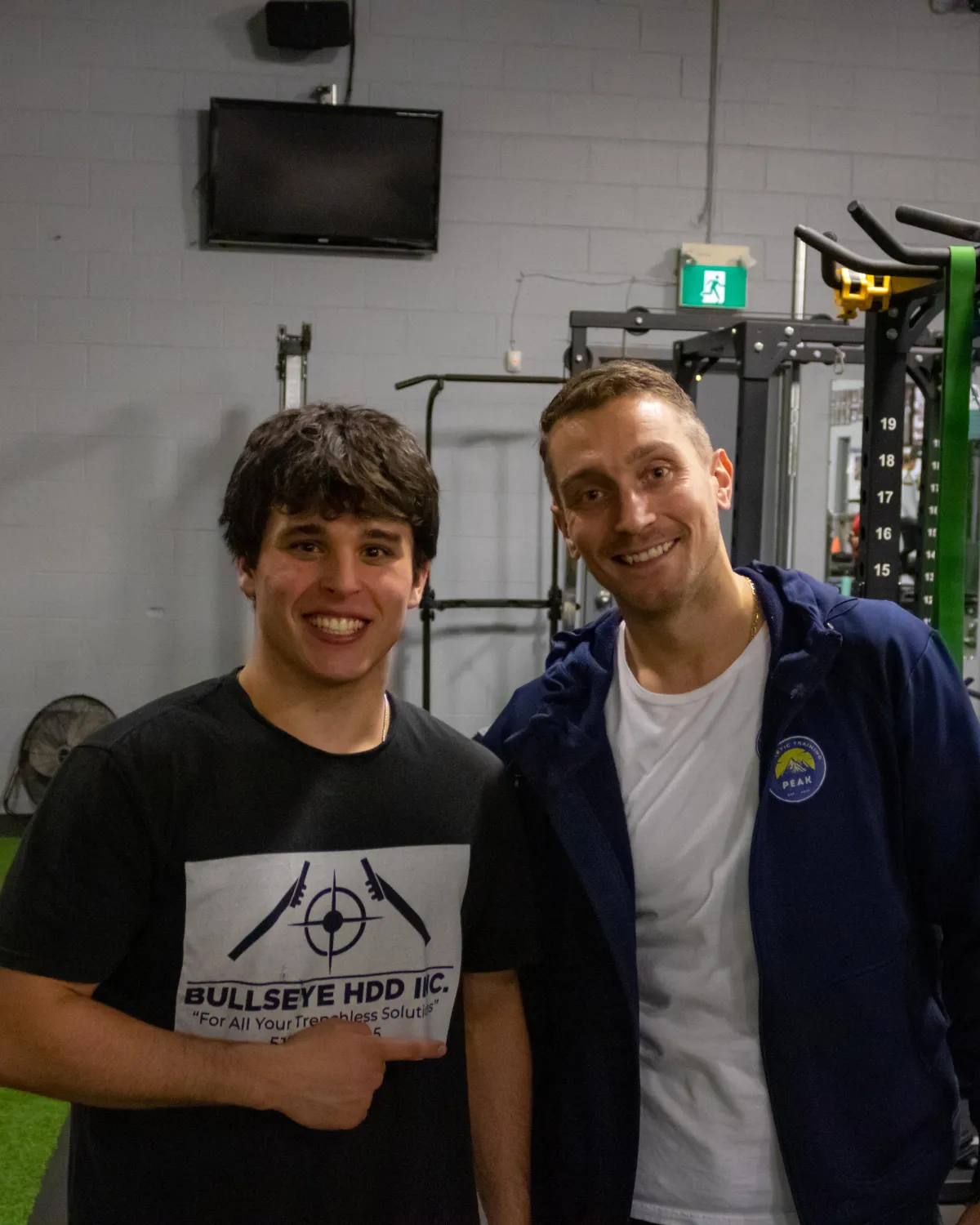
FAQS
Can I pay weekly, biweekly or monthly?
Your membership will be paid on the same day each month. If an alternative payment plan is requested, we can make arrangements to accommodate.
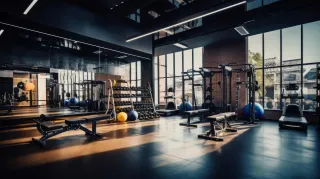
Can I put my membership on hold if I can't make it and for how long?
You are able to put your membership on hold for up to four weeks if you are injured, busier than usual or expecting to spend time out of town. Please let us know two weeks in advance of your hold period and we will arrange to suspend your payments. We’ll need a start and finish date as we will automatically to restart your membership when your hold period is complete. We can only put a membership on hold for a maximum of four weeks. Anything more is considered a cancellation, which will be carried out in accordance with our normal cancellation terms. Of course, we would love for you to come back and will be happy to discuss renewing your membership at any time.

Can I cancel my membership at any time?
Yes, you have the flexibility to cancel your membership. Please refer to our Membership Agreement for specific details on cancellation policies and any associated fees. Our goal is to accommodate your needs while ensuring the best fitness experience for you.
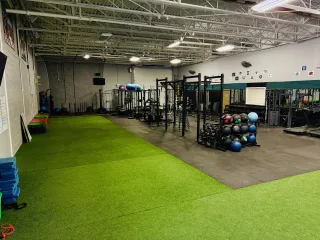
SUCCESS STORIES
REAL RESULTS, REAL VOICES
“I am finally committed to exercising thanks to Peak! Amazing staff, very supportive, friendly and knowledgeable. They keep things moving and make sure you are completing the exercises safely and correctly.”
Sue
Peak Member
“Peak has completely transformed my commitment to fitness. Each class is energizing, personalized AND challenging. Instructors are completely committed and the community of fitness enthusiast are welcoming and fun. I have found the perfect fitness match.”
Jennifer
Peak Member
“I choose Peak for your knowledgeable trainers, on-point programming and great location. What I love most about the Strong Force programming is the variety and intensity of the programming. Your trainers always go above and beyond to make sure members are completing the exercises correctly and are always professional, enthusiastic and encouraging. I would definitely recommend Peak to family and friends, Peak is a great way to achieve your goals in a group setting but with a personal trainer feel. “
Krista
Peak Member
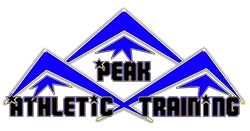
Peak takes the guess work and frustration out of fitness and nutrition. Get started today on a guided journey to reach your goals.
